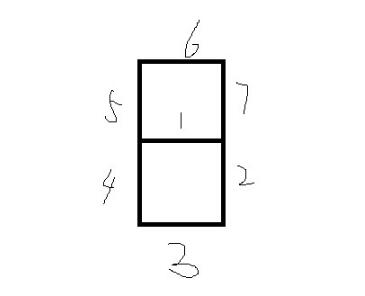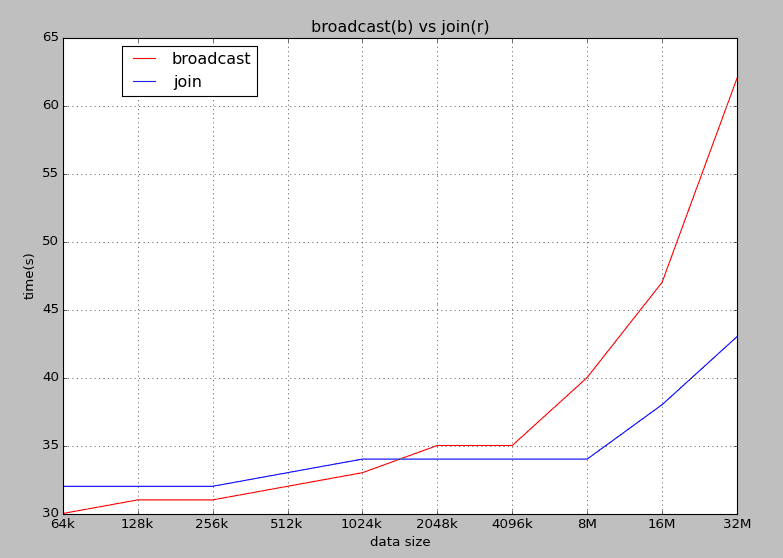Python实现比较两个列表(list)范围
有一道题: 比较两个列表范围,如果包含的话,返回TRUE,否则FALSE。 详细题目如下:
Create a function, this function receives two lists as parameters, each list indicates a scope of numbers, the function judges whether list2 is included in list1.
Function signature:
differ_scope(list1, list2)
Parameters:
list1, list2 - list1 and list2 are constructed with strings,
each string indicates a number or a scope of
numbers. The number or scope are randomly, can
be overlapped. All numbers are positive.
E.g.
['23', '44-67', '12', '3', '20-90']
Return Values:
True - if all scopes and numbers indicated by list2 are included in list1.
False - if any scope or number in list2 is out of the range in list1.
Examples:
case1 - list1 = ['23', '44-67', '12', '3', '20-90']
list2 = ['22-34', '33', 45', '60-61']
differ_scope(list1, list2) == True
case2 - list1 = ['23', '44-67', '12', '3', '20-90']
list2 = ['22-34', '33', 45', '60-61', '100']
differ_scope(list1, list2) == False
贴上自己写的代码如下:(备注: python 2.7.6)
def differ_scope(list1, list2):
print "list1:" + str(list1)
print "list2:" + str(list2)
#设置临时存放列表
list1_not_ = [] #用于存放列表1正常的数字值,当然要用int()来转换
list1_yes_ = [] #用于存放列表1中范围值如 44-67
list1_final = [] #用于存放列表1中最终范围值 如:[1,2,3,4,5,6,7,8,9,10]
temp1 = []
list2_not_ = [] #用于存放列表2正常的数字值,当然要用int()来转换
list2_yes_ = [] #用于存放列表2中范围值如 44-67
list2_final= [] #用于存放列表2中最终范围值 如:[1,2,3,4,5,6,7,8,9,10]
temp2 = []
temp = [] #用于存放列表1,与列表2比较后的列表,从而判断结果为True还是False.
#对列表1进行处理
for i in range(len(list1)): #用FOR循环对列表1进行遍历
tag = 0
if list1[i].find('-')>0:#对含范围的数字进行处理,放到list_yes_列表中
strlist = list1[i].split('-')
list1_yes_ = range(int(strlist[0]),int(strlist[1])+1)#让其生成一个范围列表
for each in list1_yes_: #FOR循环遍历所有符合条件的.
[temp1.append(each)]
else: #对列表1中正常的数字进行处理,放到list_not_列表中
list1_not_.append(int(list1[i]))#对列表1中进行处理,放到list_yes_
[temp1.append(i) for i in list1_not_ if not i in temp1]#去除重复项
list1_final = sorted(temp1) #比较后,排序,并放到list1_final列表中
print "list1_final value is:" + str(list1_final)#打印排序后最终list1_final列表
#对列表2进行处理
for i in range(len(list2)):
if list2[i].find('-')>0:
strlist = list2[i].split('-')
list2_yes_ = range(int(strlist[0]),int(strlist[1])+1)
for each in list2_yes_:
[temp2.append(each)]
print "Temp2:" + str(temp2)
else:
list2_not_.append(int(list2[i]))
[temp2.append(i) for i in list2_not_ if not i in temp2]
list2_final = sorted(temp2)
print "list2_final value is:" + str(list2_final)
#对两个列表进行比较,得出最终比较结果.
[temp.append(i) for i in list2_final if not i in list1_final]#比较两个列表差值.
print "In list2 but not in list1:%s" % (temp)#打印出列表1与列表2的差值
if len(temp)>=1 :
print "The result is: False"
else:
print "The result is: True"
if __name__ == '__main__':
list1 = ['23', '44-67', '12', '3','90-100']
list2 = ['22-34', '33', '45']
differ_scope(list1,list2)
总结:
1. 这道题关键是想法,如果整成坐标的方式来比较,会很麻烦。
2. 列表转成范围后,如果消除重复项,同样是里面的关键所在。
3. 其次是对列表遍历的操作,同样挺重要。


